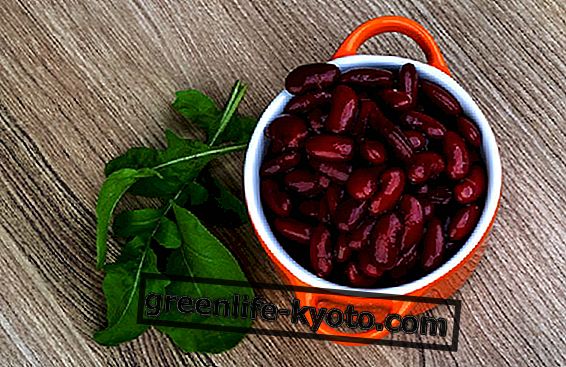Agave is a plant native to Central America, very important for the life of local populations. Today it is used in various fields for its beneficial properties: laxatives, against osteoporosis and anti-diabetic, among others. Let's get to know her better.
>

Agave properties
Agave L. is a plant of the genus of the S monocotyledon killing, of the Agavaceae family. Its variety brings it very close to fatty plants for structure, bushy "rosette" bearing and aesthetics and is therefore often used to decorate parks and gardens.
There are various species of this perennial plant, which vary from 15/20 centimeters in height, up to two and a half meters. The leaves are fleshy and fibrous, almost always with an apical spine.
Various studies, begun in the days of Linnaeus, have shown that the main carbohydrate (inulin) lowers cholesterol, would be useful to decrease the incidence of diseases such as cancer, favor the sense of satiety, facilitating digestion and intestinal transit and restoring at the same time the bacterial flora and consequently bringing benefits to the immune system.
Moreover, having a very low glycemic index (11-18) the agave and its natural extract would be indicated in case of diabetes .
Agave is also rich in mineral salts and trace elements, such as iron, calcium and magnesium, which are effective in combating osteoporosis.
Benefits and method of use
In addition to being used as an ornamental plant, the agave is known for its medicinal properties, beneficial for health. Its use is related to those of the local populations of Central America, where it has been known for thousands of years, already at the time of the Aztecs, where it was also called "the tree of wonders".
It was used as a daily food, in the form of sweetening syrup, but also for the preparation of typical dishes or as forage for animals. Drinks such as "aguamiel" and pulque were made and still produced, which is obtained through a fermentation process.
Distilled, the agave is called mescal or tequila. The pulp was used then, as it is today, to treat skin irritations or wounds or as a natural soap, but also to treat digestive disorders, jaundice, hepatitis or infectious diseases.
The use that remains now best known is that in the form of sweetening syrup or agave juice .
You can learn more about the properties and use of agave syrup

Agave contraindications
The inside of the leaves and the fresh sap in some species, especially in the American agave, contains substances that can cause dermatitis in contact with the skin.
Attention when buying the well-known agave syrup and choosing one: the lowest fructose value found in agave nectar is 55%, a figure that is anything but low, reaching up to over 90%.
Not everything is in fact produced in a natural way, so the benefits mentioned above are less, also due to the heat used for refining, and relevant contraindications may occur.
However, the recommended intake limit is about 25 grams a day, if you do not consume other foods with added sugar.
Habitat and cultivation
The agaves originate from the southern portion of North America, the Caribbean islands, and the northern part of Central America, with a greater concentration in present-day Mexico. In Italy it grows spontaneously in the central-south, in sandy places, on the coastal dunes, in uncultivated land, along the roadsides.
Also known as the " century plant ", the plant waits from ten to fifty years before flowering, then dies. The inflorescences are formed on a woody floriferous branch that is generated in the center of the rosette. If cultivated in colder climates the leaves can have a light green-blue color, while the green-gray color indicates warmer climates. Currently they are also present throughout the Mediterranean basin, in other African countries and in Asia.
The fibers obtained from the leaves of numerous species have been the main reason for spreading agaves in the world; they are used for the manufacture of ropes, nets, baskets, clothes, blankets, carpets, bags, hats and other everyday objects.
Legislative notes and curiosities
The directive of the Ministry of Health (December 2010), allows to insert in the natural food supplements the plant extracts of the agave, in particular the leaves and the roots, to counteract disorders such as joint function, problems related to the menstrual cycle, menopause and how immunostimulant. Agave leaves, according to popular belief, would be useful against the evil eye .













